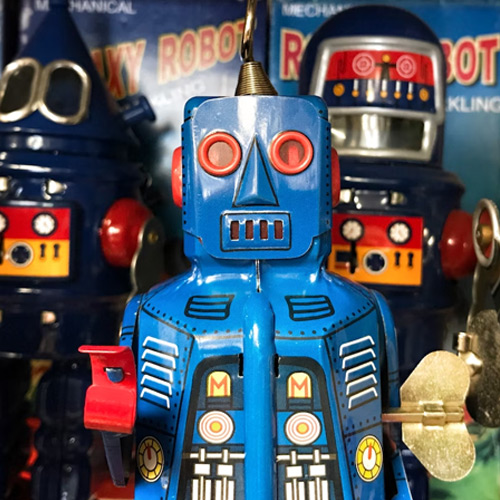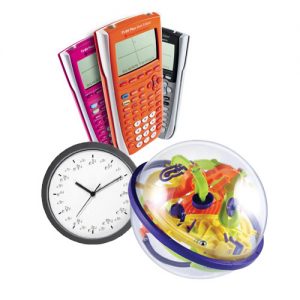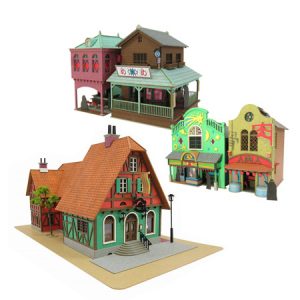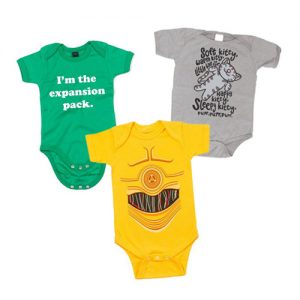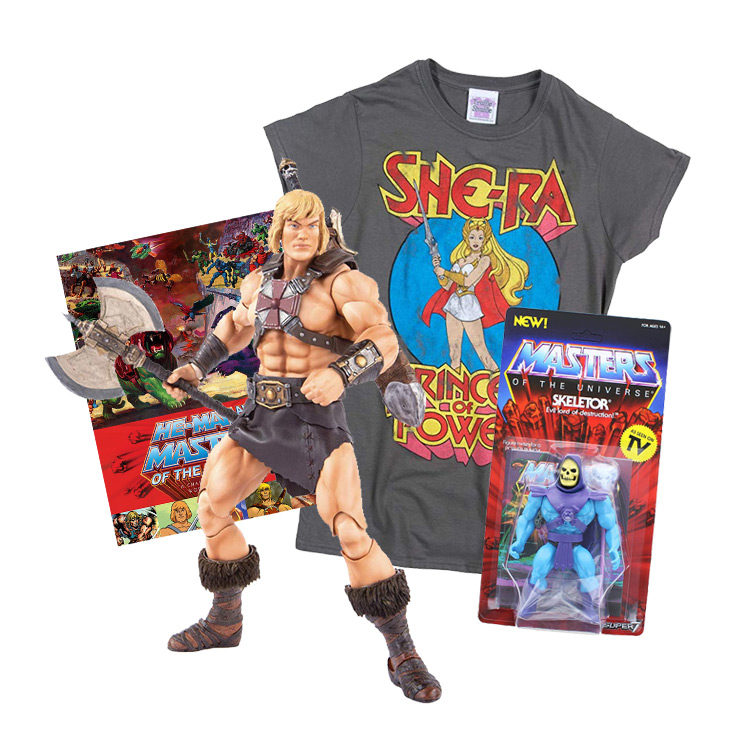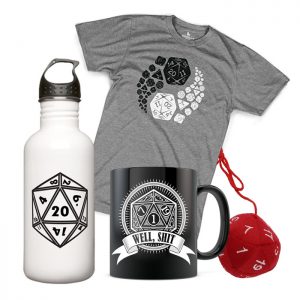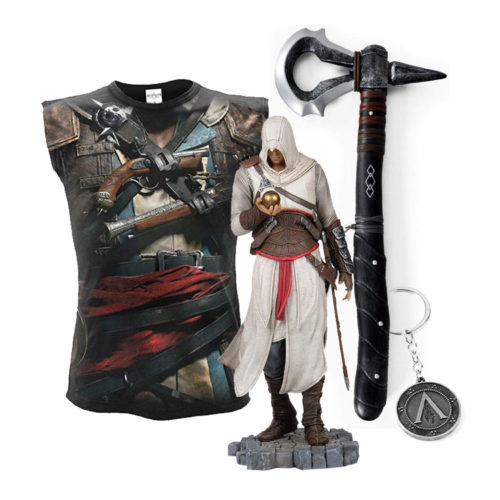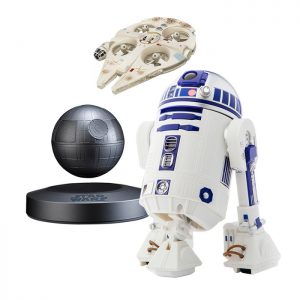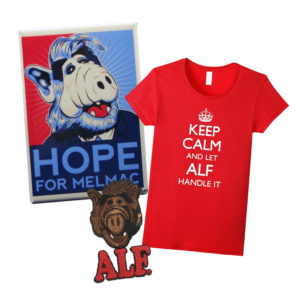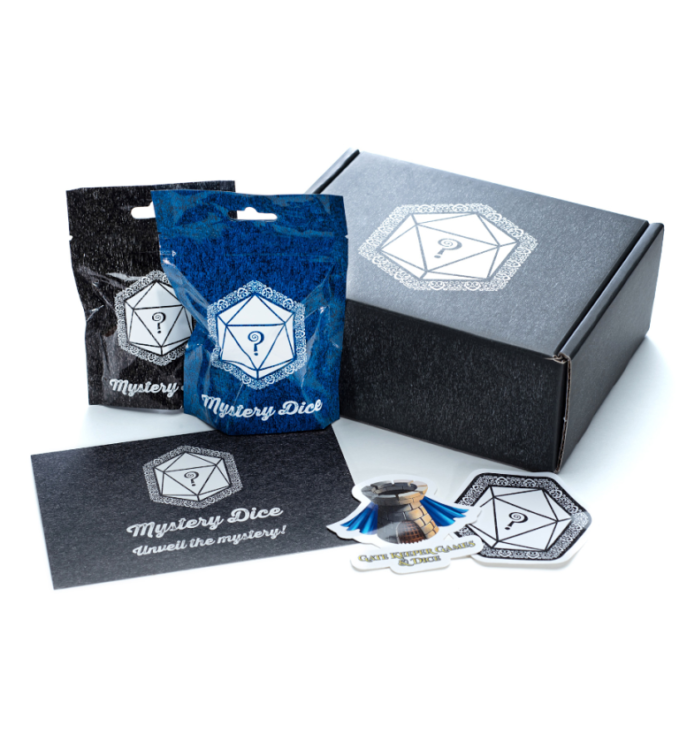Collecting has been growing in popularity; and collecting vintage toys, in particular, is booming. The trend was upward, but when we were all forced to spend a couple of years in our homes (remember 2020/21?), nostalgia took over. The prices for My Little Pony, MOTU, Transformers G1, and countless other toys soared. The good news is: It’s still a perfect time to sell your vintage toys. But to whome? And how do you price them? This guide will tell you all the secrets for selling vintage toys – from finding the closest stores to determining the value and price of your toys. So, let’s get started!
So, What Are Vintage Toys, Exactly?
Let’s start with a small introduction. What do we talk about when we say vintage toys, and how are they different from retro toys? (yes, there is a vast difference, and using these terms interchangeably can actually result in underpricing your valuable toys!).
- Vintage implies a long lifespan – usually at least fifteen to twenty years but in many cases dating back to the 1950s or older. Some vintage items can be 100 years old.
- Retro, on the other hand, means something is old… but not that old! And this is the crucial part: Retro objects can actually be new but made in the style of older items they are trying to replicate.
So, if you’re looking to sell, let’s say… My Little Pony dolls, you should make sure you are referring to either the 1980s toys (vintage) and not the 25th Anniversary edition ponies (retro).
Now that we got that covered, let’s move on to the second most common question: How do you determine the price of vintage toys?
How Much is My Vintage Toy Worth?
Finding the adequate price for a toy can seem quite a daunting task at first. Especially if you have no clue what you’re holding. So, let’s go step by step.
1. Determine the Toy's Name
The first thing you should do is figure out what your vintage toy is. You won’t be able to sell your vintage toys if you don’t know who or what they are (well, you will, but for a minimal price). So, here are our recommended steps for finding a toy line and brand:
- Look for a brand and/or model: Many toys have a brand, year of fabrication, and in some cases, model name stamped or incorporated into them. For example, Star Wars toys always say “Kenner”. Hasbro, Mattel, and countless other companies make sure they add their branding somewhere in the toy, so buyers know they are getting the real thing. Good places to look for it include the bottom of the feet, the lower back, the neck, and the sides of the legs.
- Do a Google image search using terms that describe your toy: If you can’t find a brand or model, of you have partial information, a good strategy is to do a search describing your toy. I know, you’ll probably feel silly doing it, but it works! For example, “blue figure green face purple hood” will tell you you have a Masters of the Universe Skeletor. Believe me, the Internet has everything, and Google is pretty smart. Try this method, and you won’t be disappointed.
- Find the exact model (and look out for rare variants!): Make sure you don’t just have the toy line name, but the actual character description, including whether they are a special toy. For example, many M.A.S.K. and G.I Joe toys were manufactured in other countries. In many cases, these countries didn’t pay attention to brand guidelines and used different colors and materials for the toys. Today, many of these variants are extremely valuable (we’re talking thousands of dollars, so don’t just settle for a generic name). A great way to find out more about the specific model is to use product wikis. Just look for “[Brand or Line Name] wiki” and go through the different toys until you find yours.
2. Determine the Toy's Price
The second step is probably the reason why you got to this guide. To sell vintage toys, you need to know how much they are worth. Or, you know, at least have a baseline to work with. Now, keep in mind some toys are quite rare, so you might find some obstacles in determining the asking price. However, this is generally great news, for it means there are very few of what you have – hence, it will have a higher cost.
- Look for similar sold items: As any toy collector will tell you, the best tool at your disposal when it comes to finding how much a vintage toy is, is to use sold listings. Specifically (most of us will agree) eBay listings. Did you know this platform lets you look for items that have already found a new owner? It’s simple. Just look for an item, and in the “Show Only” column or filter, choose “Sold Items”. Done! Now you can see all the prices. Make sure you note down the ones for auctions and Buy Now products, as there will be a difference (auctions tend to sell for less unless the item is very sought-after).
- Think about your base price: Running an auction is tempting; for you know that, in a week or two, you will have sold your vintage toy. However, auctions can go really well… or fail completely. So, before you start yours for $1, think about this:
- If you know you want to get at least $10 for a vintage toy, start the auction at $10 or set a reserve price. Now both you and the potential buyer won’t lose time bidding lower.
- Be mindful of the time at which you start your auction. If you create it at six in the morning on a Sunday, it will end at six in the morning on a Sunday, too. This means there won’t be as many people bidding. A good option tends to be weekends in the evening, when we’re all looking for ways to get rid of our expendable income.
- Consider the vintage toy’s condition: A Thundercats figure that is in pristine condition (sealed, carded, etc) won’t have the same price as one that is heavily played with and is missing a limb. Make sure you keep this in mind when comparing prices and setting yours. Collectors value items that look as close to new as possible, but many also don’t mind those needing TLC. Never ever throw a toy away, I promise: Someone will want it (I will, so contact me and I will pay for postage :)) Landfills are no place for beloved toys.
Where Do I sell My Vintage Toy?
We have a name, we have a price. It’s time to sell! Exciting. So… where do we begin? Let’s start with the easiest: eBay. But first, a few considerations for selling vintage toys on any platform:
- Be descriptive: Include everything you can about the vintage toy you want to sell. Write a compelling, easy-to-read title that includes the name, model, manufacturer, year, and condition. Browse through the wikis and include dimensions, weight, how you will package the item, etc.
- Include pictures for the toy’s condition: This is critical; if you don’t include pictures that show any flaws, bant corners, broken bubbles, etc, you might face refund requests. Toy collectors are good-hearted people, but they (we!) are very careful when we talk about the condition of a vintage doll, figure, or item in general. It’s NOT enough to describe the faults. Whenever possible, take pictures and draw big red circles on anything that requires attention. This might take a long time, but if the item is special, you won’t regret it.
- NEVER do Paypal Friends & Family: If you’re selling vintage toys in interest groups (like Facebook groups), you might have people asking if they can pay as “Friends and Family”. As a seller, you won’t be at risk if you choose this, but the buyer is, and this is a practice we collectors are trying hard to eradicate. So, consider you will have to pay a fee when selling through Paypal, and add it to your toy’s price. Thank you :)
1. Selling Vintage Toys on eBay
eBay offers many advantages for people looking to sell vintage toys. The main one is that, by creating a listing, you gain instant access to millions of people (provided you are willing to post the toys to other places). eBay is also a great place to see how other toy collectors are monetizing their treasures; you can get inspiration for toy descriptions, prices, and bundles.
2. Selling Vintage Toys on Etsy
Once upon a time, Etsy was a platform almost exclusively dedicated to crafts and homemade products. This has changed. Now, you can find all sorts of unique stuff o Etsy, including thousands of toys and merch. So, if you’re wondering how to sell vintage toys and you’re not entirely sure about eBay (the fees, after all, are quite steep), Etsy is an excellent option that gives you access to an international audience. Setting things up is quite easy, and you only pay a small fee for your listings.
3. Selling Vintage Toys on Facebook Marketplace
Oh, Facebook Marketplace. I am personally a little weary of this one for selling vintage toys – mostly because there really is no true protection for either the seller or the buyer, and some toys are truly treasures. The last thing you want to endure is someone buying a LEGO box, opening to take the minifig, and then ‘changing their mind’. The advantage of FB Marketplace is that you can sell things locally, and in many cases not worry at all about shipping. But it’s not exactly the best platform for valuable items, so be careful (and read our little note above on only accepting payments through trustworthy means).
4. Selling Vintage Toys on Other Online Platforms
eBay, Etsy, and FB Marketplace are not the only places where you can sell vintage toys – but the rest tend to be less global. So, depending on where you live, there will surely be other good platforms. For example, in the UK you have Vinted, which tends to focus on second-hand items like apparel and toys. So, do a search for “sites like eBay” and you’ll find good options for your country.
5. Selling Vintage Toys in Interest Groups
You don’t need ot go to strangers to sell your vintage toys. In many cases, the best deals will be those you can do through interest groups. The best place to sell toys for a fair price (and make some friends in the process) is to use Facebook Groups. Keep in mind that you might need to wait a couple of days to get accepted into them (some admins are busy!) and always read the rules before you create a post. Also, most groups have a code of conduct where the person that says “mine” first gets the toy – so never circumvent this practice (or we will judge you!)
6. Selling Vintage Toys to Your Local Store
Lastly, you can sell your toys to a local vintage toy store or shop. The reason I listed this option last is NOT because I don’t recommend it, but because I actually don’t have any close to me, so I am not terribly familiar with this method. But if you are lucky and you do have a local shop, drop by! The owners will most likely enjoy telling you everything about your to. Even if you don’t end up selling it to them, you will have learned a lot – and could live with some other toy line under your arm. Because collecting toys is a wonderful hobby, supporting small businesses is even BETTER.
Can You Buy My Vintage Toy?
I would love to! However, I’m not currently buying new toys. However, if you landed here through my YouTube channel RetroGeek Crafts, you know I love repairing vintage toys. So, if you have a toy in really poor condition and want me to repair it for the channel, I’ll be happy to pay for postage and/or donate the proceedings of the video to charity. Look here for ways to contact me.
